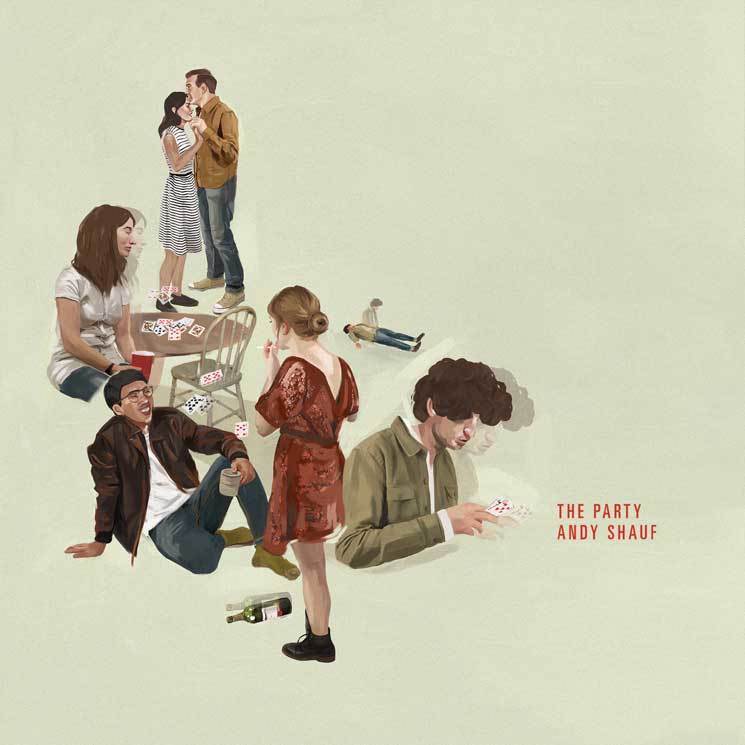Some songwriters can craft a perfect micro-story in the form of a three-minute song, as intimate as a candid Polaroid shot. Hayden (from way back in week 34) does this particularly well.
But Hayden’s fellow Canadian Andy Shauf takes this skill one step further, creating not just songs but whole records that string these moments together into full photo albums documenting an evening of interactions between characters who comprise a colourful and quirky cast.
To date, the two LPs that do this most effectively are 2016’s The Party, and Neon Skyline, released in 2020.
Neon Skyline is probably the stronger album, but its beauty derives from the entire story arc rather than any one particular song. There are standout moments: the catchy optimism of the title track; the accident described in “Thirteen Hours” that marks the beginning of the end of the narrator’s relationship with Judy; the shiver-inducing “Living Room” whose final moments will break the heart of anyone worried about inheriting their parents’ weaknesses.
But no individual song on Neon Skyline can match the slow, swelling beauty of “Martha Sways”, the final track on – and sad conclusion to – The Party.
What makes this a beautiful song:
1. The lyrics. As the record’s titular party winds down, a character named Martha drunkenly sways to the radio. Watching her do so, the narrator remembers a (presumably) recently-ended relationship, and against his better judgment finds his way into Martha’s arms. The inevitable gravitational pull of poor decision-making makes the listener feel simultaneous sympathy and anger.
2. The sense of doom about the narrator’s poor decisions (“as the devil takes control”) is mirrored by the gorgeous-yet-discordant uneasiness of the strings at 1:47.
3. His voice. Shauf’s affected delivery will make it hard for some listeners to fully engage – he sounds a bit like if Paul Simon tried to sing with a Portuguese accent – but if you let it, it can grow on you. In fact, I’m at the point where his voice almost adds to the charm. His folded-over vowels and too-present T’s at the ends of words are like signatures, in the same way that a painter’s brush strokes become recognizable when you are familiar enough with their work. For example: listen closely at 1:27 to hear how he subtly leaps up a perfect fifth into his falsetto voice on the second syllable of “devil.”
Recommended listening activity:
Looking out the window at people walking by and trying to write a haiku about them by the time they’re out of view.
